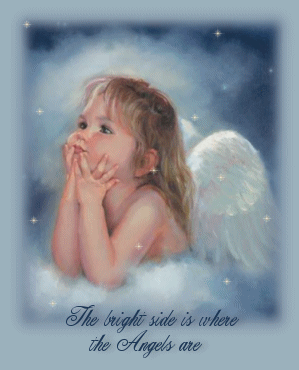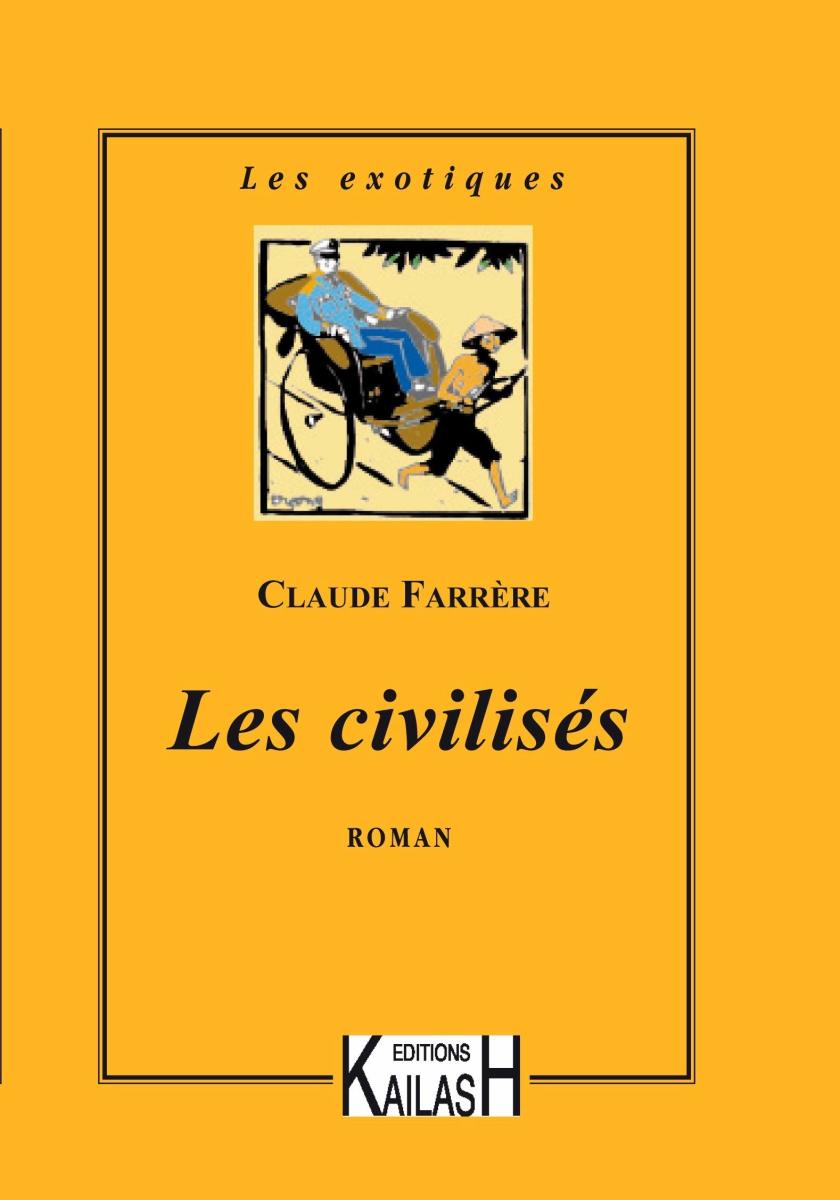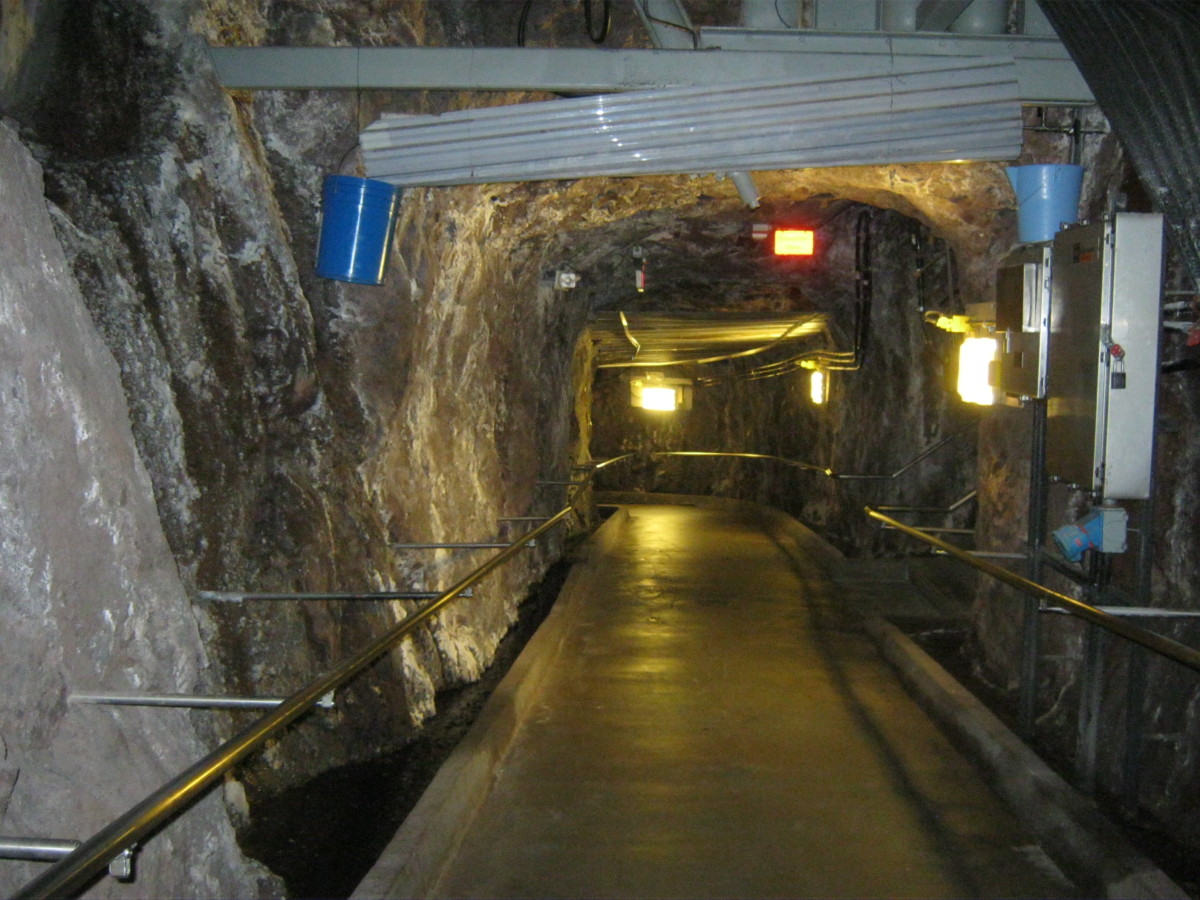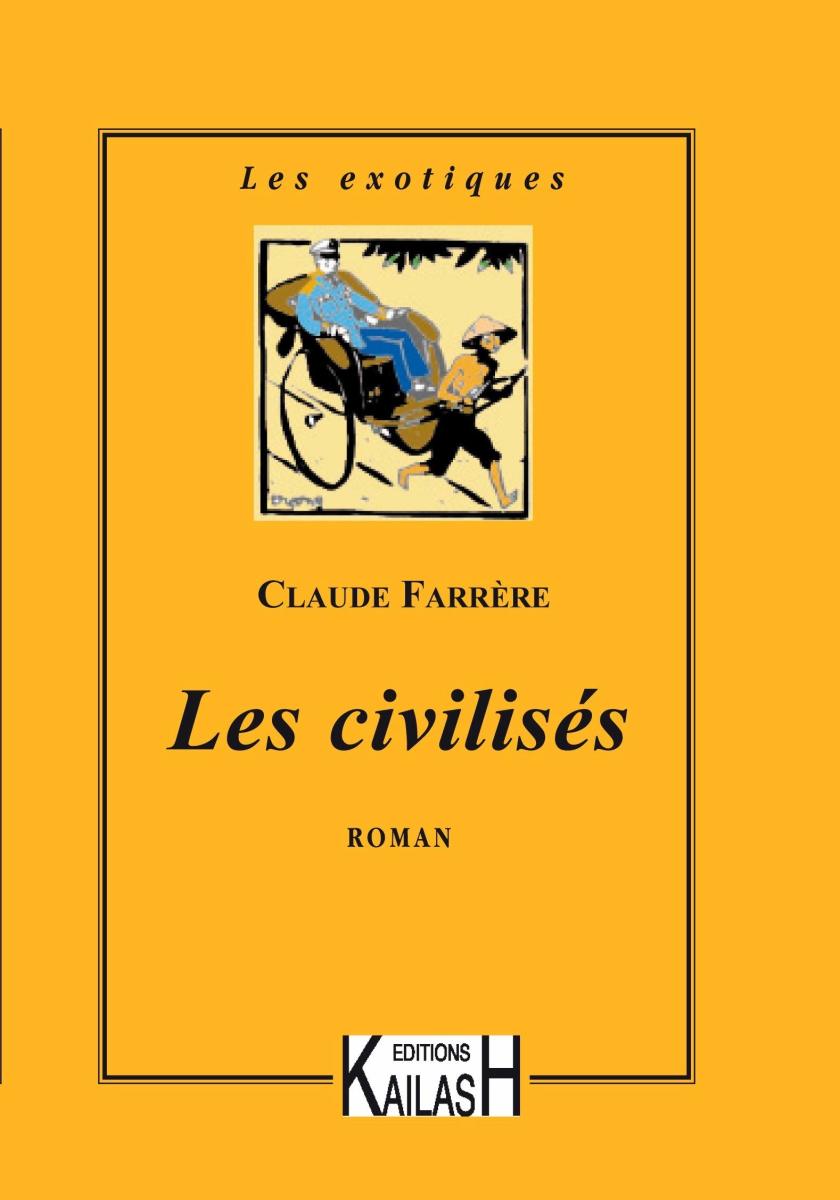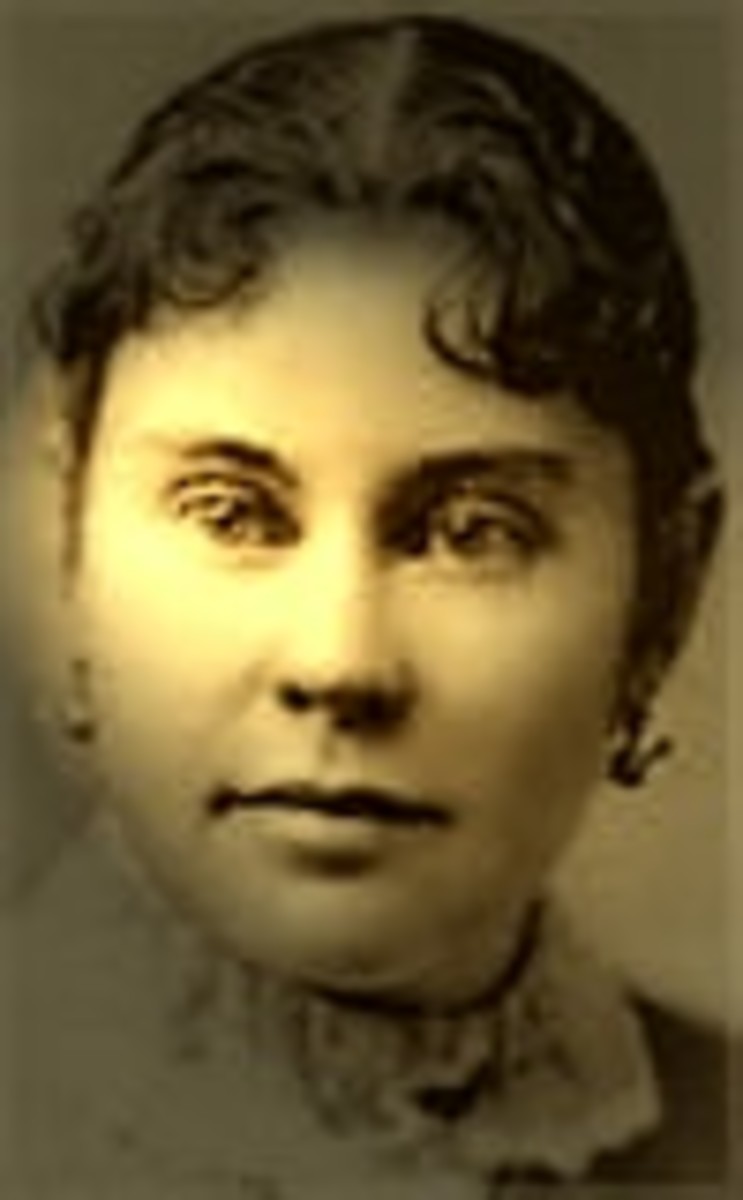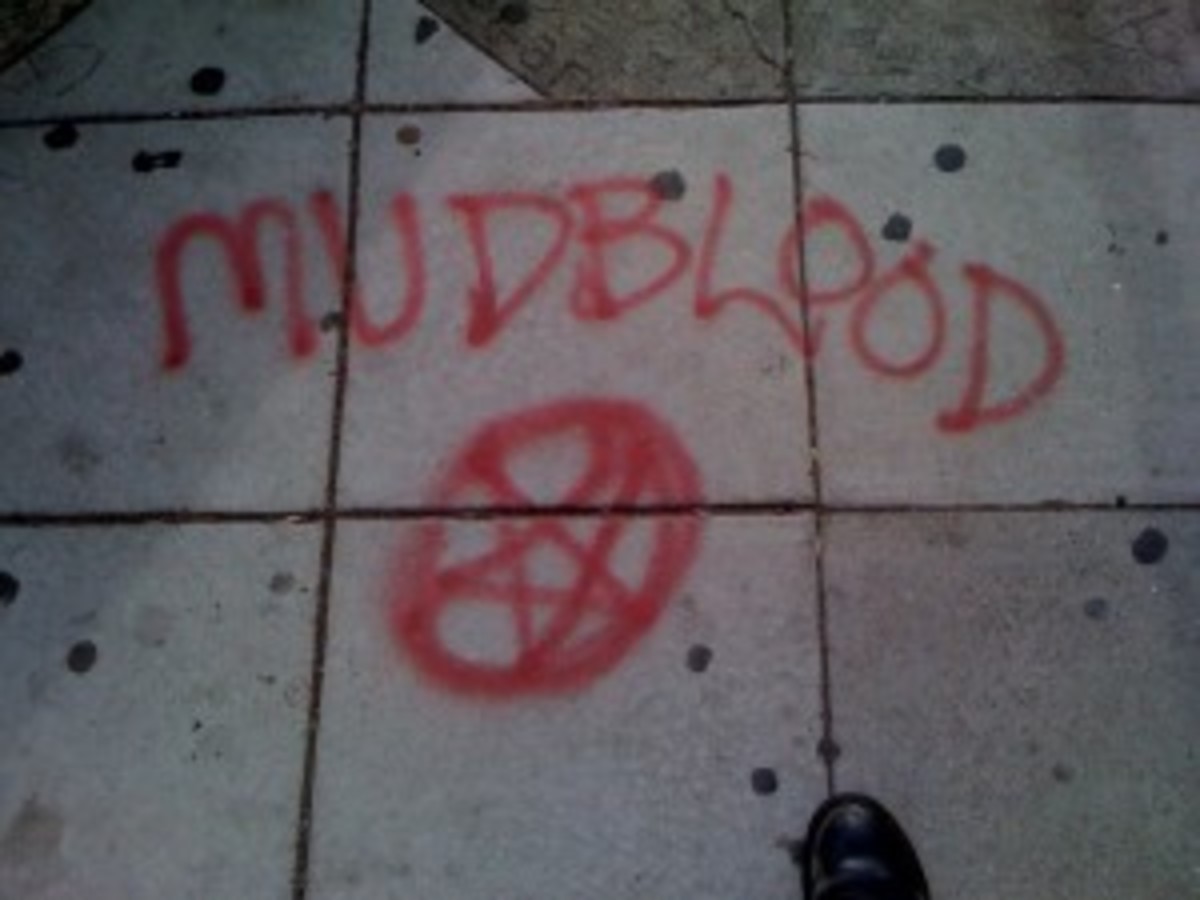Landscape of "The Pearl"
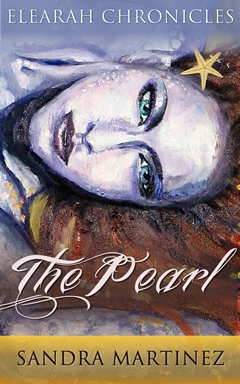
The sceneries of The Pearl
The Pearl is an HSP friendly epic fantasy book. It has the fantasy, it has the adventure, and it is written in a way sensitives can enjoy themselves.
Reading The Pearl takes you to many different places, most of them incredibly beautiful. This lens shows those places and their inspiration or resemblance with our Blue Lady. It is a "behind the scenes" lens. :)
The best thing of writing your own books is that you can choose what your characters do and specially what places they visit. I had so much fun looking for scenarios. I hope you enjoy looking at them as much as I enjoyed putting all this together!
The Map
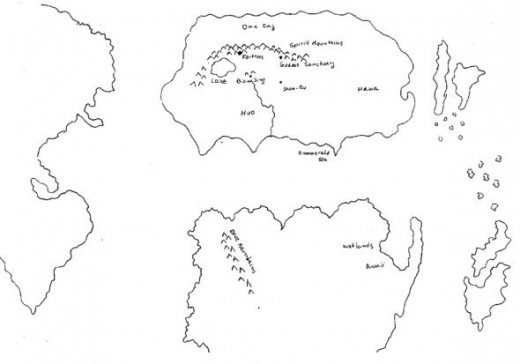
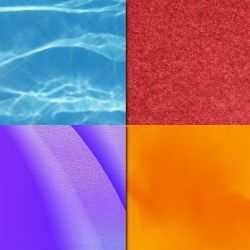
The lanscape and its people
The North continent in the middle of the map contains the Huo (fire in Chinese) kingdom and the Hawa (air in Arab) kingdom. They share the continent and have been at peace for the last five hundred years. it is a vast continent. Huo is the home of the fire race, while Hawa contains most of the air people.
Huo is the place where this book takes place.
The north of Huo is called Bian-Jing (what means frontier in Chinese). The culture in this land has elements connected with Mongolia.Going north from Bian-Jing you have the Spirit Mountains. The visual for the Spirit Mountains were the Himalayas. Behind the mountains lies the land of the Oneday - there is only one day in the year, six months of day and six months of night.
The Southern Continent is were three of the main characters are from. I imagine these people similar to what used to be the Celtics before the Roman Empire, when they used to inhabit all Europe. Of course the similarities are very rough, some clothing, the famous knots, an Earth centered spirituality, and that is probably it.
The west continent with no landmarks is the place of the earth people. And the islands on the east have combinations of all the races. None of these appear in this book.
Please note that this is a completely newly created land. I used actual facts of different regions for inspiration, it is not the intent of the book to talk about "our" Earth, even when some things might awake an echo in the back of your mind.
Bian-Jing
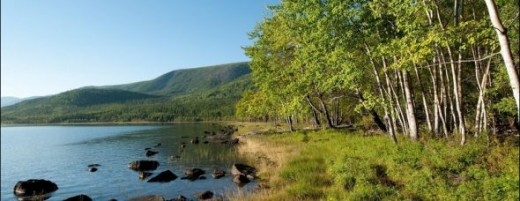
The story starts with the characters walking the zone of Bian-Jing, close to what I called the lake Bakkal.
The Province of Bian-Jing has a varied landscape. On the center and south there are prairies with feather grass (similar to the actual Mongolia). On the north they look more like Nepal or the west of China with the mountains sowed in terraces. The west has the Lake Bakkal, inspired in the Lake Baikal (the natural border between Mongolia and Siberia). Around the lake toward the mountains, there are wild zones with forests and luscious vegetation.
This lake was inspired in the Lake Baikal, with some changes. When I talk about the color and the feeling I was thinking on a lake on the other corner of the world, the Lake Argentino in the south of Argentina, it has the most amazing aquamarine color, and its call is hypnotic and undeniable.
I did find some very interesting facts about the Lake Baikal that were introduced in the story. For example, the Chinese think its spirit is a dragon, a warrior. While the locals call it Bajkal Eke, with Eke meaning mother.
The zone of Bian-Jing the characters walk starting the book is similar to the Eastern side of the lake; with luscious vegetation, even when there are -40 C in winter (not a typo). And as they go north and find the first mountains, they see the terraces. This method is used in many different climates, this is why I dared to use it here. It is used in hotter climates like the south of China and the Philippines, but it is also used in places like Nepal and Yemen, and it was used by the Incas in the high hills of Peru.
Central Bian-Jing
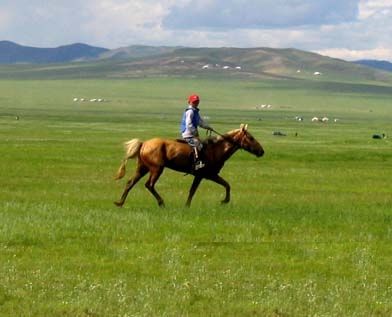
Lake Bakkal
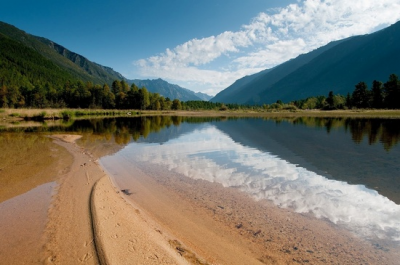
Excerpt from the book: Chapter 5
"Mika liked this part of Bian-Jing the most. The foothills of the Spirit Mountains had replaced the dry steppe with its myriad of colors, smells and sounds. Trees and small forests took the place of the steady ocean of feather grass; the distinctive landscape of southern Bian-Jing. The air was vibrant; wild flowers and cheerful streams became friendly companions. They all lead to Lake Bakkal. It was The Lake, the lifeblood of the region; sometimes it was deep blue, sometimes it was turquoise, sometimes it was silvery grey.
In Huo they believed the color changed with the temper of its Dragon King, Ao Shun; who had a flair for drama. But the locals called the lake Bakkal-Eke - what meant mother Bakkal. It was considered a sacred place; never a boat entered their waters without a prayer and an offering. Mika didn´t know if the tales about the lake were true or not, but he did believe it was alive. He called her Sajhan, to honor her hypnotic beauty. He had been called by her song too many times to deny it."
Color of the Lake Bakkal
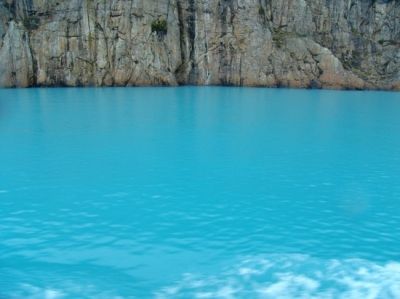
Visual for terraced mountains in Bian-Jing
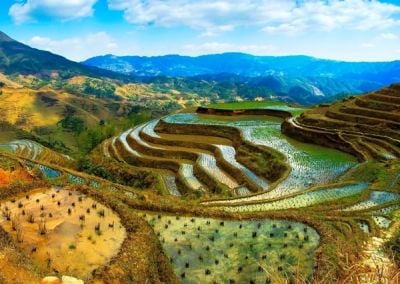
The book we are talking about - HSP and empath friendly fantasy

Bian-Jing Capital city
Bian-Jing capital city is a different landscape altogether. Located in the valley cut by a river, my first visual was Paris. Although it is very different, the only similarity is the Bian-Jing river cutting the city in two crossed by many bridges. Imagine two hills creating a valley, and a river coming out from the side of one of them. The left hill (Xi-Shan) is an extinct volcano with a lake on top. That lake feeds the river.
This is exactly what happens with the Crater Lake and the Rogue River in Oregon, USA. See the images below, they are breathtaking.
The visual for the palace was vaguely related with The Ciudadela, in Pamplona. I remember walking the park and imagining how life would have been there. There are many terraces of different highs. It is a very interesting place.
Xi-Shan Lake
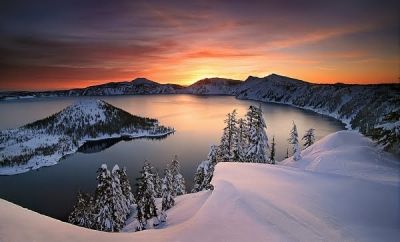
Excerpt from the book: Chapter 33
"With childlike playfulness the huge dragon glided over the deep blue waters, touching the surface lightly and splashing iridescent droplets in the air. The sun was starting to bend in the sky, grazing the runaway ripples with silvery light. For a second the world seemed to stop. Ming-Zhi felt blessed. Balian was right: the Mother was indeed a work of art.
Following the course of the Bian-Jing River between Xi-Shan and Dong-Shan hills, they headed toward the city. Located in a valley between both hills, the Bian-Jing River cut the town right in the middle. On its banks, there were fruit trees, berry bushes, herbs and vegetables for anyone to take. Along its course there was the city´s main street; the opposing side of the street was full of small shops, mostly artisans and food places. The river was crossed by many bridges made out of stone."
Bian-Jing river
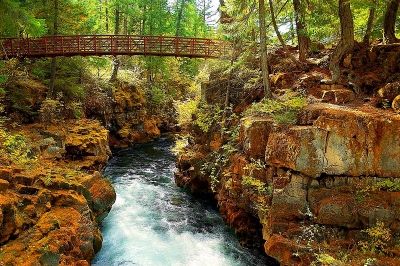
The Palace of Bian-Jing
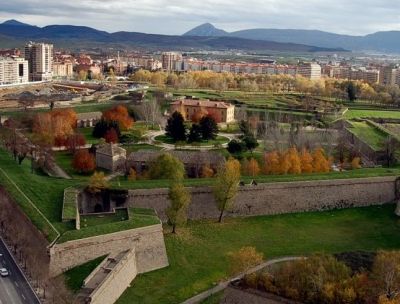
The city of Guan-Jian
The city of Guan-Jian is the place that starts the book. I wanted to make a blend between what is Mongolia and what is not. I imagined what had happened if they had moved toward sedentary practices centuries ago and were living a moment of prosperity.
The book is located in time in the China of 1000 BC, so when I mention prosperity do not go wild and think about skyscrapers; It is simple life, it is life connected with the earth. As a side note, do not take the time frame at heart either. The story has some HUGE out of era elements, but I believe that they do not break the inner logic of the place.
Coming back to Guan-Jian. The main architectural element are the houses. They are gers who left their nomadic life and settled. I found some amazing houses done with ger or yurt architecture. Down here you will see one, that helped me in the visual of the place.
On second place, we can mention the obelisk. Obelisks are built in our Earth all over the place and in many different times, I always wondered why... then I had a crazy idea and put it in the book. :D
The third element is the tavern. There is not much information about them in English (or I didn´t find them), so I took what I could and made up the rest. :)
Gers settled down
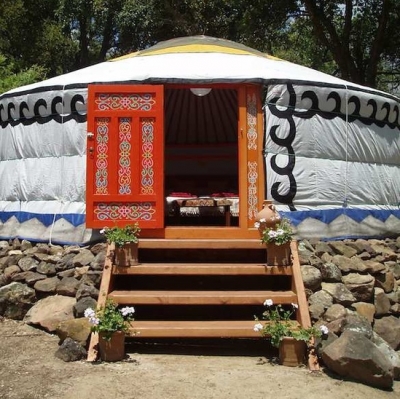
Excerpt from the book: Chapter 1
"His eyes roamed taking in the scene. Guan-Jian was a picturesque place, like most of the towns in the province of Bian-Jing. Well kept, with cobblestone in the streets and simple but comfortable houses. The rounded clay constructions loosely resembled the traditional gers of their nomadic ancestors. The doors were the pride and joy of their owners; big, wooden and painted in red with symmetrical designs. Following ancestral rules, they always faced south. The lateral windows had wool panes embedded in resin. The roofs were covered with red tile. The houses were elevated, leaving space for the corrals and storage underneath. Mika had always admired the simplicity and efficiency of the design.
The young man looked at the closest home and smiled. Through the dim window, he saw a small figure moving around the central stove, while smoke was coming out of the chimney. Time for dinner.
Down Main Street, where he expected to see the fountain, there was an obelisk. The monument - shaped as a square based tower - was placed in a small round plaza, right in the heart of the keep. The pyramid on top resembled an arrow piercing the sky. It was imposing, certainly made a statement. But it seemed foreign, arrogant, invasive. Why someone would make the effort to build it? Why put it in a remote town with no more than a few hundred souls in the cold and forgotten north of Huo? "
Visual for Obelisk in Guan-Jian
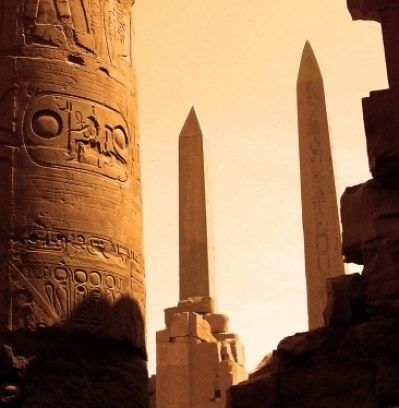
Structure of the inn in Guan-Jian
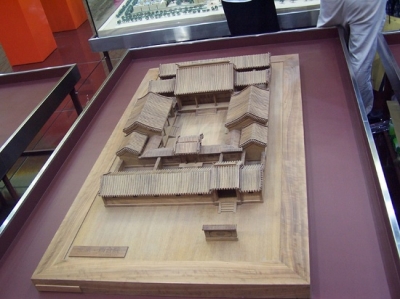
Inside the Inn - the k´an
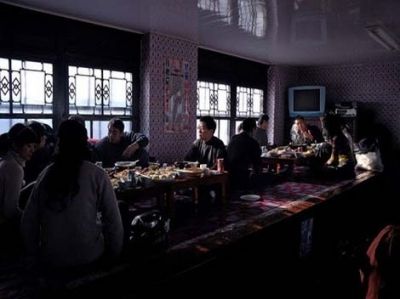
The Spirit Mountains
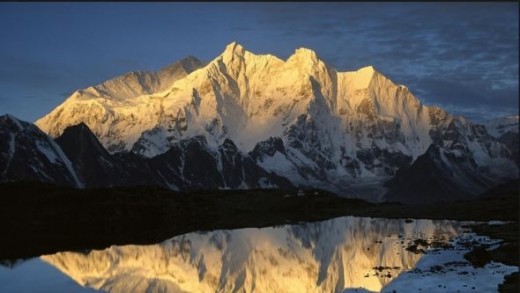
The inspiration of the Spirit Mountains are the Himalayas, I was thinking about the zone of Tibet and Nepal. They practice the terrace sowing system, and the mountains are highly spiritual like the people who live there.
The visual of the caves under them, though... come from different parts of the world.
The Fortress
The fortress is inspired in a mix of those ancient monuments that have no plausible explanation under our present technology. Some are in Egypt, some in China, some in South America. In particular it is very interesting the site of Sacsayhuaman.
The cave of the Golden Dragon
The cave of the Golden Dragon is completely made up, but later on I found the Luray Caverns in Virginia. They have some of the elements of my cavern.
The Blue City
The corridors of the Blue City suffered a full rewrite after I found some amazing images of Crystal Cave in ReykjavÃk, Iceland. They were just too good to let that opportunity pass.
Visual for The Fortress Walls
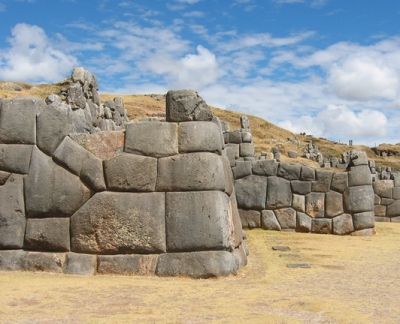
Excerpt from the book:Chapter 12
"When they arrived to the wall, he saw the actual rocks used to create the fortress, they were gigantic. They fit so well that not even a small stick could be inserted in the junctures. Whoever built this fortress was not using their present technology.
When they arrived and the drawbridge lowered, the captain was waiting for them. They crossed the front courtyard and went right to the main hall without dismounting. The hall was big and functional, a square room with many doors; the walls were made out of white stone. It was about four men tall, and the columns widened on top to create vaulted ceilings. They were made out of white marble with grey and green veins, skillfully polished until they shone.
Once inside, they didn´t receive the welcome they had expected. The whole elite guard of the Duke was pointing arrows at them."
Columns of the main hall
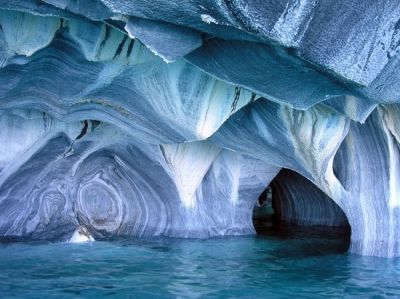
The Cave of the Golden Dragon
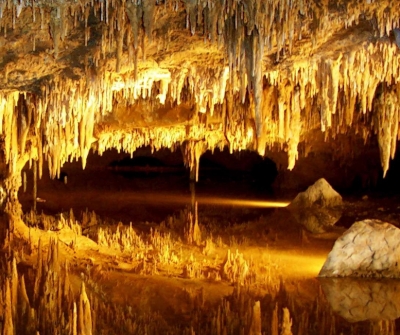
The Blue City
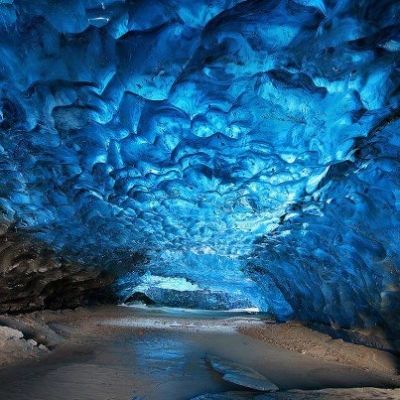
Shou-Du capital city

Shou-Du means capital city in Chinese, and that is the name of the capital of the kingdom of Huo. Yes, I guess you get the theme here, I just used Google translate with the phonetic feature on and got my names from the meanings in most cases. If you know Chinese and I did something very wrong or extremely funny, I would love to know about it. :)
The inspiration for Shou-Du Palace was the Forbidden City in Beijing. There are many very interesting details that just blew my mind. Some other details forced me to do huge rewrites.
I used, whenever possible the descriptions of the original settings, they burnt to the ground and the city was restored. So the palace I created has some elements of both eras, while trying to keep the technology limitations. For example, there was no glass in China in the 1000 BC. Actually many houses had paper covered windows until not so long ago.
Some interesting details:
It is called the Forbidden City for a reason. it is not a single structure, but many different edifices. Each one of them with their unique beauty and details.
It was the biggest construction made out of wood in the world.
It had cauldrons in every room just in case there was a fire.
The ceilings of the Hall of Mental Cultivation are completely carved and painted in gold.
The floor was done out of special bricks that looked golden.
The columns were made out of nanmu, a special wood very resistant that can be highly polished.
The Emperor was considered the reincarnation of the golden dragon, so there were carvings and paintings of dragons all over.
The emperor colors were red and gold.
Now, this palace was built in the 1400s AD, and the action of the story happens at around 1000 BC. But I still used many of the elements of this city to build the palace. It was just too good - what are 2400 year after all? :D
I read so much documentation about this that lost track of my sources, this is an interesting site to visit if you are interested in the Architecture of the Forbidden City .
The Palace Garden
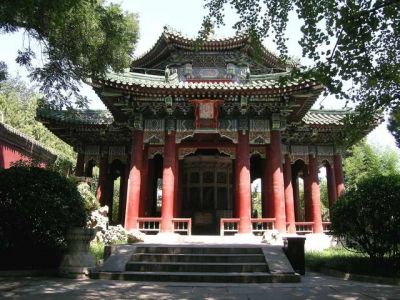
Excerpt from the Book: Chapter 10
"Toward the east, he could see the palace garden. From a rock wall, a waterfall cascaded into the lake. Small bonsai trees were placed on the wall, making it look like a natural cliff. The lake had water lilies and lotus flowers, fish of many colors could be seen under the surface. Along the shores, flower beds and trees created intricate designs. There were different paths to follow and enter in communion with nature, and thirteen main gathering points with gazebos; each one was protected by a dragon. The most imposing was the one dedicated to their god, the Golden Dragon. The garden was a work of art painted in three dimensions.
As with the room he had just left, his eyes roamed over the beauty of the garden without paying much attention. He was wondering again what it would feel to sit over the green silk of the throne. He envisioned the sea of people on their knees, foreheads touching the floor, adoring him. He had seen that scene each year, in the seasonal festivities. The New Year Ceremony dedicated to the Golden Dragon was the best; he had plans for it."
The King´s Throne
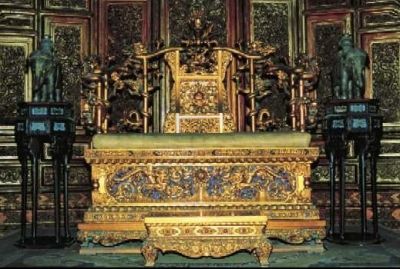
The King´s studio in Shou-Du Palace
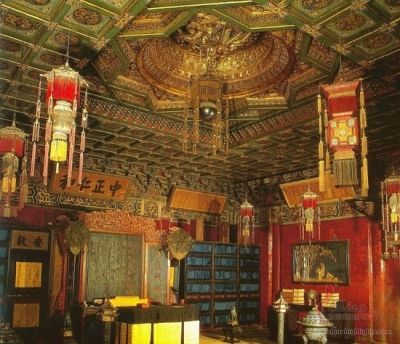
The Emerald Sea
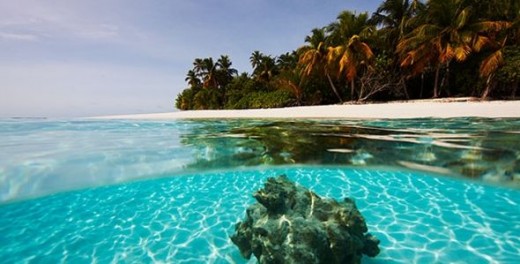
The Emerald Sea Peninsula is were the problem between Huo and Hawa takes place. Located in the border between both kingdoms, it became the small land conflict with potential to trigger a genocidal war.
The inspiration for the Emerald Sea peninsula was the Maldives. The water has an amazing emerald color.
What called my attention to these islands was a travel article in a magazine.The girl who wrote it mentioned that the population was mainly Muslim, so it was customary for people to go to the beach fully dressed. She showed pictures about it; she was with some friends, they were under the water with long sleeve shirts and pants. I found it interesting.
The peninsula is located in a tropical zone, completely different from the cold of Bian-Jing.
The Palace has elements of different places I love. Imagine the Alhambra from Spain, with an ocean wall like the fort of San Cristobal in Puerto Rico, looking at a bay like the one of the Playa de la Concha in Spain, but with palm trees and the emerald water of the Maldives. :D
Excerpt from the Book: Chapter 41
"Mahra considered this palace her own place in the world. She reformed it adding domes to the towers and changing completely the style. The place was beautiful, and it had her loving hand everywhere.
He used to come with her every summer when she was alive. They used to pick up shells in the beach and swim together. He still remembered her in the ocean, swimming completely dressed, with a long tunic and a mantilla veil. He had this image of her coming out of the water with the clothes tight to her body, moving with a grace only she could attain. She had been pure poetry."
The Emerald Sea Palace
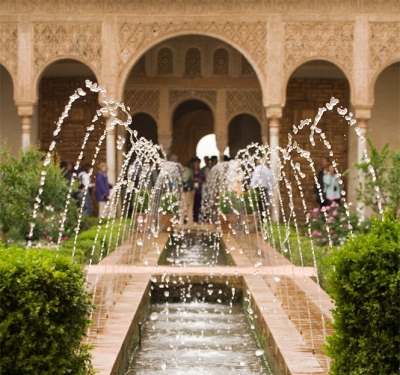
In case you don´t want to scroll up... - Here is the book again.
Thank you!
